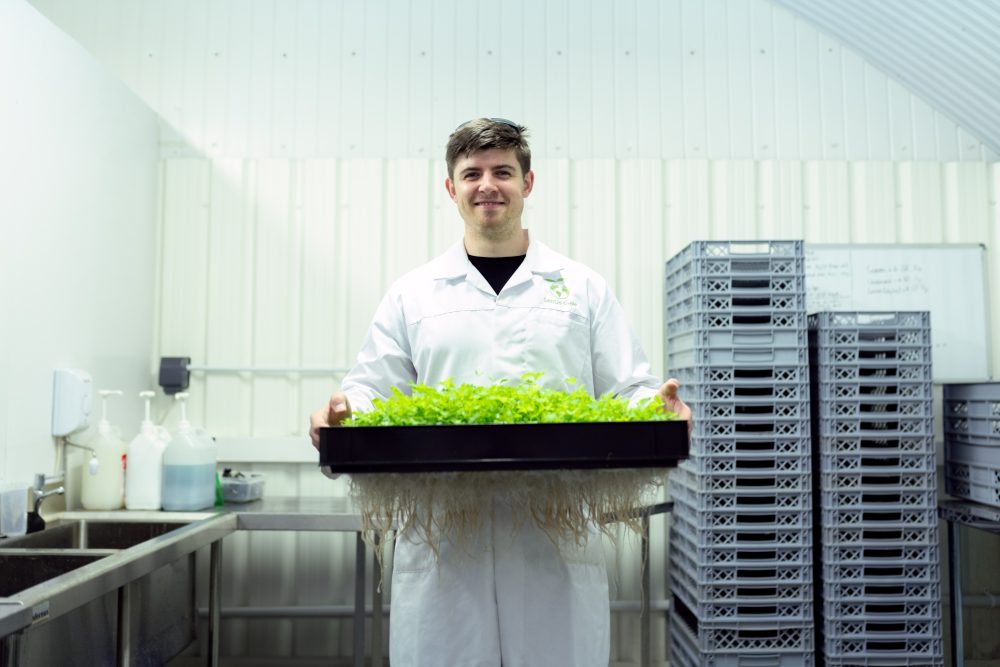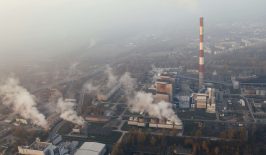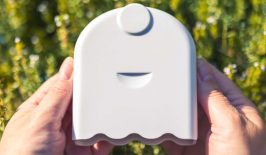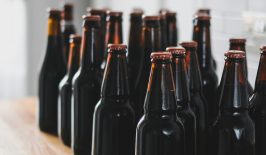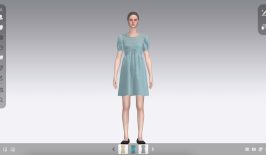It’s survival of the fittest for the crops of the future.
With climate change increasing the frequency and severity of droughts, crops will need to fight through longer periods of water scarcity. One solution is to breed crops that can efficiently manage water in a hot and dry climate.
The first step is to understand which crops make the most of the water available to them, and how. To achieve this, researchers at Cornell University have developed a nanoscale sensor called AquaDust which offers valuable insights into water flow within plants.
AquaDust utilises tiny fluorescent dyes to track water movement within plant tissue. This innovative, non-invasive approach enables breeders and biologists to assess the health of crops at a microscopic level.
Researchers injected hydrogel-based nanoparticles into maize leaves to monitor water availability. The nanoparticles expanded or contracted based on water content, causing the dyes to emit fluorescence at different wavelengths. The wavelengths are then measured with a spectrometer and converted into water-potential measurements without harming the plants.
By gaining a comprehensive understanding of water flow across various leaf tissues, this technique provides valuable insights into pivotal biological processes such as photosynthesis, carbon dioxide uptake and water vapour release. From there, researchers can develop crops that exhibit improved water management capabilities, addressing the challenges posed by water scarcity.
In a best-case scenario for the technology, workers in fields or greenhouses may be able to spray AquaDust over a field, allowing a multispectral camera to measure water potential across hundreds of plants quickly.
“Using any sort of remote sensing technology—in this case they’re using nanosensors—is an enormous leap forward,” said Irwin Goldman, professor of horticulture at the University of Wisconsin, Madison. “My sense of this technology is that it is the future, really.”
Part of a holistic effort to develop drought-resilient ecosystems
AquaDust must overcome several challenges before it can be deployed in real-world agricultural settings. First, the solution injected into the plants contains water, which needs to evaporate before accurate measurements can be taken. This waiting period delays the process and makes it inefficient for large-scale use.
Second, AquaDust is primarily being used as a research tool to gain insights into plant biology and behavior. Its application and readout methods require further refinement if breeders and farmers are to rely on it for commercial or widespread practical applications.
Finally, identifying water-loss resistant plants and their associated genes, and subsequently pairing them with desirable traits like nutrition and flavour, is a lengthy and complex process.
Nevertheless, non-invasively monitoring water availability within plants represents a remarkable advancement in our understanding of crop resilience. With further development, AquaDust is poised to play a key role – alongside solutions such as seawater greenhouses and irrigation from thin air – in a holistic, science-driven effort to cope with a drier planet.
